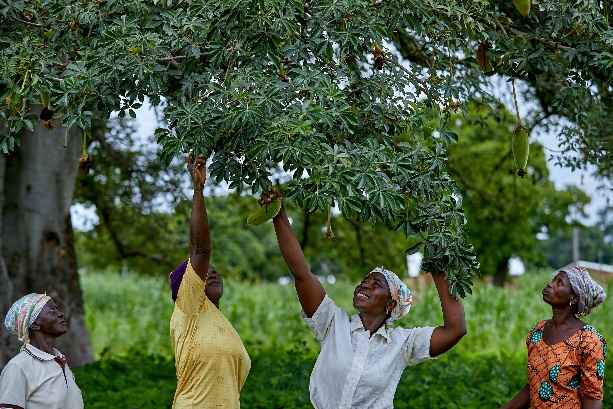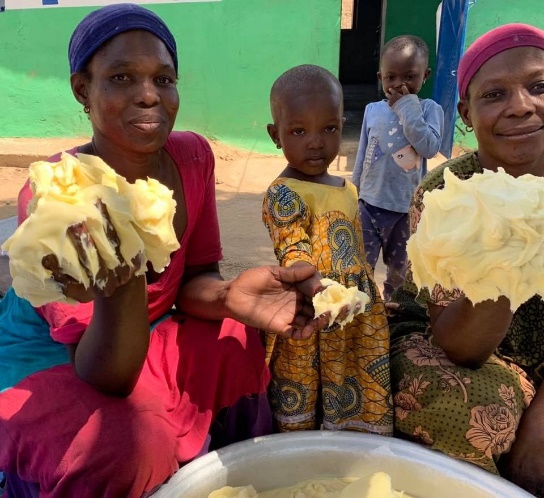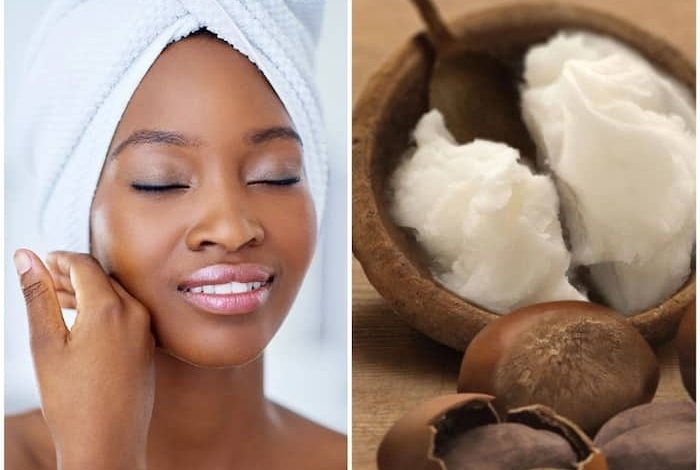
Avellon Williams
TRINIDAD AND TOBAGO- Among the products we use every day, Shea butter is an essential component. It is found in virtually all cosmetics and medicines. The Shea tree, also called Vitellaria paradoxa, produces Shea butter. For centuries now, people across the world have been using Shea butter but have you ever wondered how this gift of nature originated?
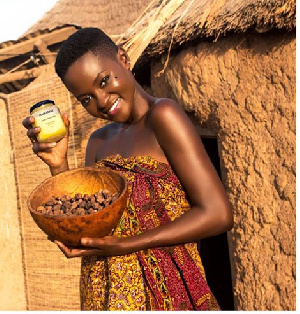
The Egyptian queen Cleopatra was reportedly a fan of Shea butter. Her love of its moisturizing and hydrating properties led her to carry large jars of butter everywhere.
From its origins in the African savannas to its many uses in the modern world; Shea butter has indeed come a long way. It’s a story of hope, sustainability, and joy to live a healthy lifestyle with Shea butter.
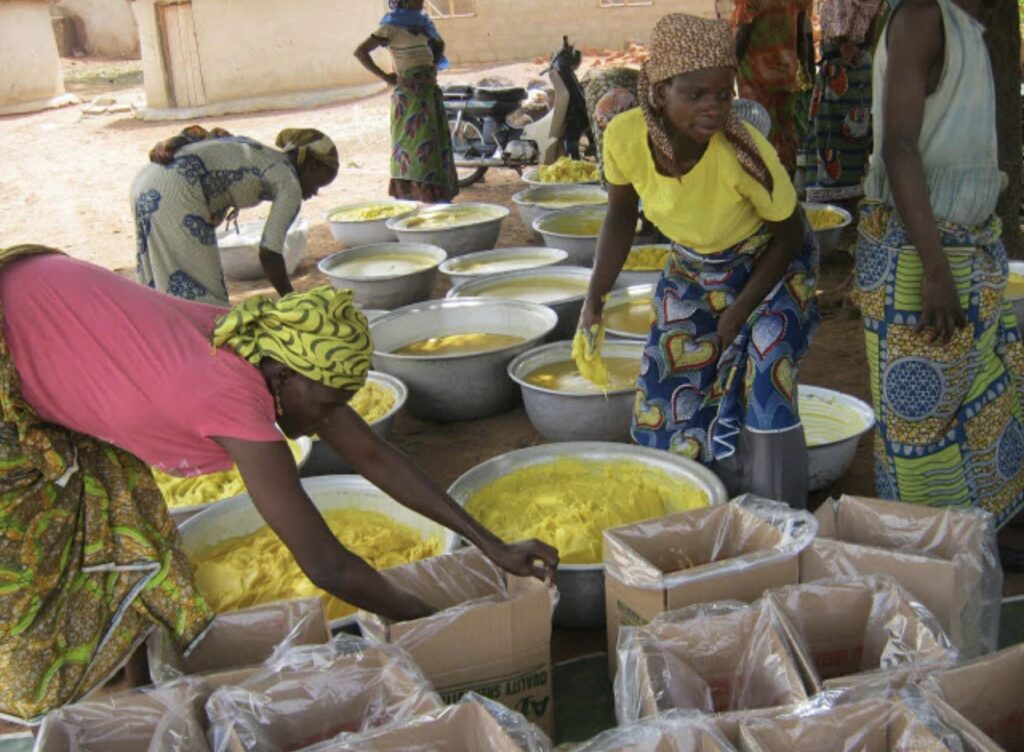
During the medieval ages, this gem was so valuable that it was traded extensively. Shea butter has been traded as an oil. The product was sold in European and African markets. In many cosmetic products today, it replaces cocoa butter and is an essential ingredient.
Did you know the two largest nations exporting Shea butter are Burkina Faso and Ghana? To name a few, Ethiopia, Uganda, Burkina Faso, Mali, and Sudan are among the regions that grow the Shea tree. In Africa, shea butter is known by many terms, including the Bambara term used in Mali, the Hausa term Kadanya or Kade, the West African term Ori and the Senegalese word Karite.
Women in African villages are mainly responsible for the primary collector of shea nuts and producers of extraction of shea butter, a significant source of income where there are few other options. Men, however, are the ones who make decisions concerning land use and tree-cutting to make charcoal to pay for immediate expenses such as sick members of the family, school tuition, or debt. Many women depend on Shea butter for their livelihood, which is why this product is called “Women’s Gold”.
Different extraction and processing methods result in different varieties of shea butter. In terms of quality and properties, each of these varieties differs.
How is Shea Butter Obtained from The Nuts?
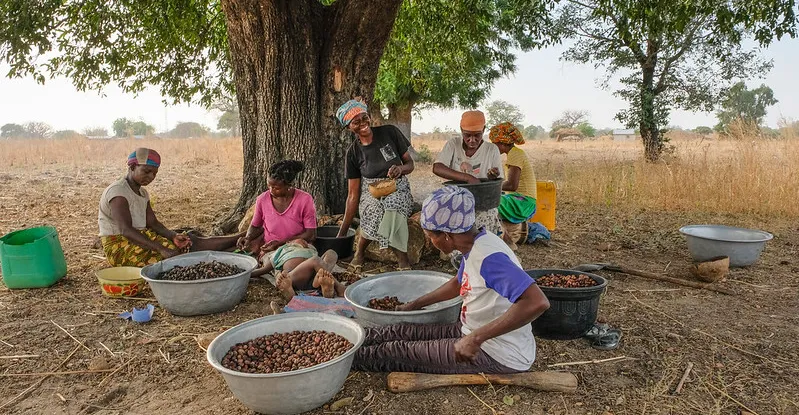
The women in the village crack the Shea shell by hand to release the Shea nut. In order to remove moisture, the women wash the nuts and let them dry. In the third step, the nuts are pounded and crushed into small pieces. After roasting the small pieces, they are transformed into a dark chocolate-colored paste. A paste is formed by adding water and mixing.
After that, it’s time to purify the paste by washing it several times in pure water. At this stage, the purified paste has been heated to a point where the fat portion rises to the top and the oil remains at the bottom. After the fat is skimmed off and oil settles at the bottom, the process is complete. Following that, the oil becomes hard, making it suitable for use as shea butter.
In many African communities, the Shea tree plays a crucial role in their everyday lives. There is no doubt that you will be surprised to learn that the fruit of the tree lasts for up to 200 years! What is the blooming season for Shea trees? During February and March, this occurs between late Winter and early Spring. In summer, the green fruit turns brown as it ripens. The most common time for this to occur is between June and July.
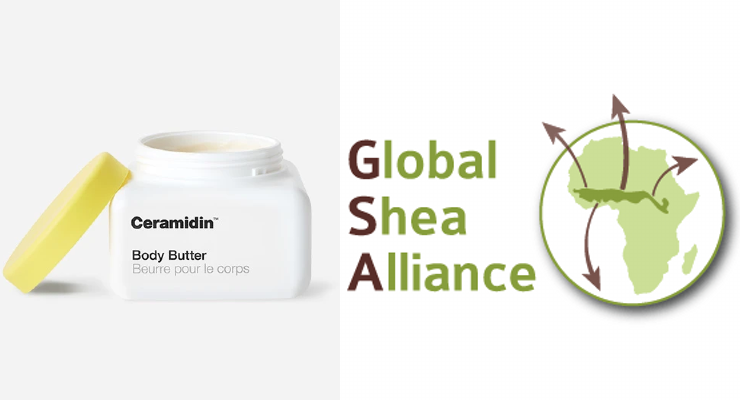
The Global Shea Alliance estimates that about 85% of the shea butter processed goes to the food industry. Some of its main applications are in personal care products, including; Hair treatment products for damaged and dry hair, Moisture, anti-aging, and anti-wrinkle creams, stretch mark prevention products during pregnancy, shaving, and aftershave creams to reduce skin irritation, treatment products for insect bites and stings, Shea butter packs in lots of vitamins A, F, and E as well, and known to boost blood circulation.
Across the globe, celebrities and women are lathering on Shea butter as a multi-purpose product.

According to Taraji P. Henson, actress, shea butter is a miracle product, “I love this shea butter because I put it on and I feel like, when I go home and I go to bed I take my clothes off, I feel like I’ve just put lotion on. And I only put it on once a day. I use the cream for my feet and I put socks on at night.”

Lindsay Walsh, Fine Arts grad student, “I started using African shea butter oil for the wintertime because it’s good for windburn and super dry skin. My cheeks have started to get red and discolored in the cold, and I’ve been trying to use that — it seems to be working so far.”
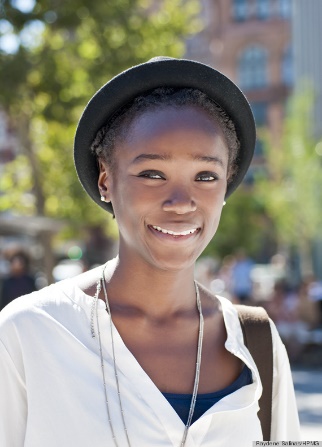
Asantewaa Prempeh, filmmaker, “I use shea butter on my hands when they get really dry because I have a little left over from Ghana. The ones here are refined and have lots of other products in them. The ones in Ghana are pure shea butter. It’s really hard, so I mix it up with oil, like olive oil, and then use that.”
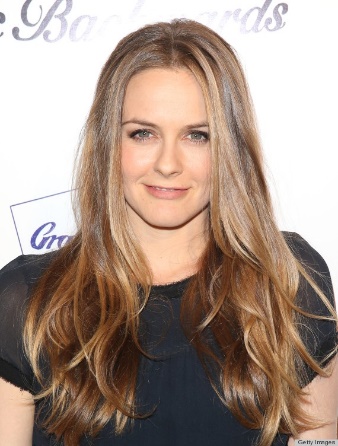
Alicia Silverstone, actress, and Juice Beauty skincare creator, says when you’re a person who cares about the ingredients as I do, it’s really exciting. [Juice Beauty] products are all-natural, organic,and cruelty-free. They use avocado, shea butter, sesame seed, sunflower seeds, aloe, and fresh juices.”
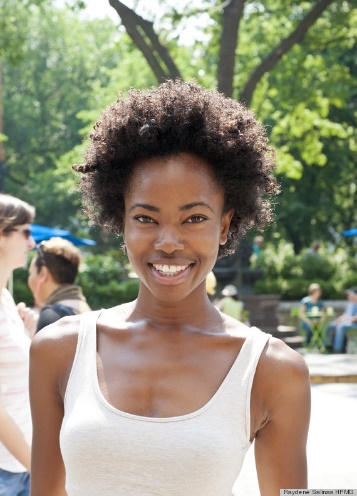
Andrea Thomas, model, “I think for your hair, you don’t have to go to the store and buy all the expensive products. You can just get some shea butter or any natural oils, even olive oil, and they make your curl pattern come out much more defined.”
Due to their urgent need for cash, poor farmers are cutting shea trees and reducing the fallow fields where Shea tree grows in Africa. Most butter-making in Africa’s savanna belt happens informally without official documentation, making it difficult to obtain reliable production data.
What’s your opinion of Shea butter? What is your usual method of using it? Your comments are welcome: we’re listening!


